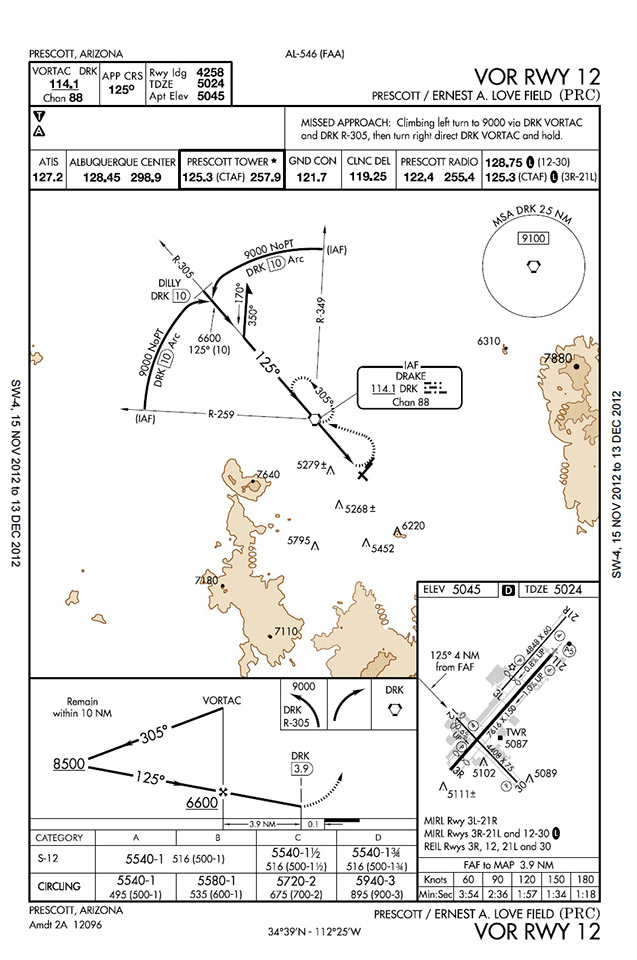One of the greatest reputations Embry-Riddle has is our high quality flight training. As a flight student, I am training in state of the art aircraft and simulators to give me a competitive edge when it comes to applying for jobs with the airlines. I am glad I came to Embry-Riddle for flight training as the instructor’s take a hands on approach to helping you learn the various material and maneuvers required for the certificate or rating. As most flight instructor’s are former Embry-Riddle students, they are extremely knowledgeable, given their education. They can relate to you with flight training and with classes, since they have already gone through the Aeronautical Science degree program. I have enjoyed working with each instructor I have had throughout my flight training and have considered them friends as I have gotten to know them in my flight courses.
My instructor has prepared me well throughout this flight course to the point that I am ready to be tested on my knowledge and skills in the instrument rating flight course. After I submit the paperwork, I have 5 check activities to complete before I am an instrument rated pilot. The activities I have are an oral, a simulator, a flight, a final oral, and a final flight. I think that the oral is hands down, the most stressful check activity. You are questioned by a standards (or check) instructor on weather information, cross-country flight planning, aircraft systems related IFR operations, aircraft flight instruments and navigation equipment, ATC clearances, compliance with departure, en route, and arrival procedures and clearances, holding procedures, loss of communications and lastly pilot qualifications. This ordeal usually lasts about two hours. You are graded for each knowledge area on a scale of outstanding, good, marginal, unsatisfactory, and incomplete. I am definitely working hard to get all outstanding and good marks.
Personally, my favorite check activity is the flight. In this activity, I get to demonstrate to the check instructor that I can fly under instrument conditions and can land the aircraft safely after a successful instrument approach. I am pretty sure I will have to fly the VOR RWY 12 approach into Prescott and circle to land RWY 21L. Also, I will have to fly either the RNAV GPS RWY 12 approach and circle to land RWY 21L or the RNAV GPS RWY 21L straight in approach.
The VOR RWY 12 approach is probably the hardest approach we have here at Prescott. Depending on where you are coming from, you either arc, hold, or proceed straight inbound to the Drake (DRK) VOR. After passing the VOR, you are now on the final segment of the approach. This requires you to descend at about 1,000 ft/min as well as to check to make sure you are on course, make all the required callouts, bring the landing gear down, and prepare for landing. The most important part is to not descend below the minimums until you make the decision to land! If at any point you are unstable on the approach, you must execute the missed approach.
I am excited to almost be done with the instrument rating and to have received great flight training from one of Embry-Riddle’s exceptional flight instructors.




